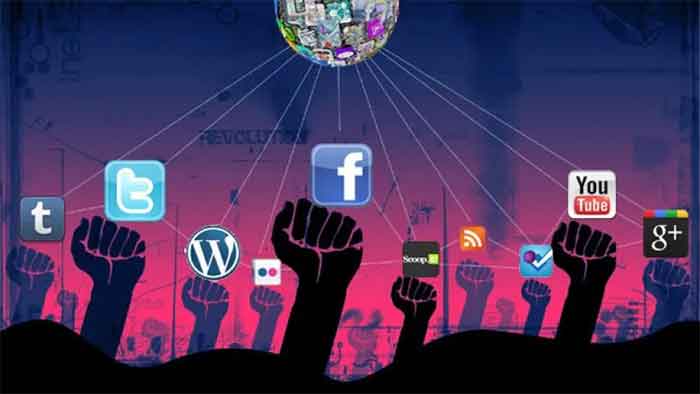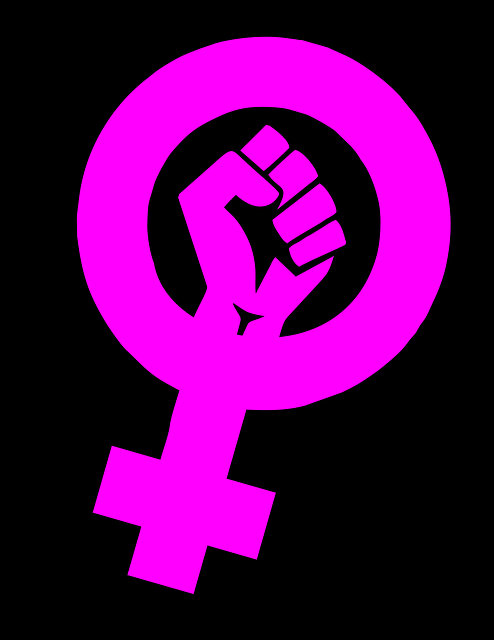
In India, the hegemonic discourse on girls’ engagement with social media has been fixed on the way they are using digital tools to express their sexuality and construct visual intimacies. Moral panic has been channeled towards the visibility of the female body, which is said to subvert frameworks of heteronormative marriage and civilizational grandeur. As a Muslim male, I witnessed this conservative reaction when the dance video of a Lahori girl named Ayesha went viral on social media in late 2022. Concerned about the apocalyptic threat of cultural degradation, truculent mullahs – enjoying a degree of popularity among certain adolescent Indian Muslims – immediately released videos on YouTube, wherein they rambled about how dancing is a form of fitnah or heretical uprising that is spreading like a plague. In this ideological narrative, dancing women are incarnations of immodesty, whose bodily movements ultimately signify an incipient will to undermine paternal authority and lead an independent love life. Female self-representation, in other words, is perceived as an emergent dynamic of sexual subjectivity that challenges normative constructions of coyness and innocence.
The patriarchal anger at digital femininities is part of the wider socio-cultural churning unleashed by neoliberal globalization. Relocating to the Global South, transnational corporations created many jobs (predominantly exploitative) for women living in the urban areas. This allowed women to gain professional skills and financial independence. Social change went hand in hand with a cultural disruption, brought about by the presence of sexually implicit Western media content, greater accessibility of automobiles, cellphones and the Internet, the growth of nightclubs, pubs, and multiplexes, the explosion of dating sites, etc. As a result of these manifold changes, urban women in India have been attempting to overcome the hackneyed narratives of sexual submissiveness and stoic motherhood to explore their own desires and pleasures.
Such exploration stands in an antagonistic relation with the logic of patriarchal feminization, which turns women into an object of exchange that can be traded for sex, domestic labor, and mothering. Men, in contrast, “are purchasers with cash in hand, not objects with rising and falling values.” Insofar that women carry an exchange value determined by the sexual and emotional services they render to men, “[i]t is only through collective insistence on the right to self-determination, including the right to decide on trivialities such as clothing and make-up, and the right to sexually express herself or to refuse to do so, that a woman can disrupt her position as exchanged object and assert herself as self-possessed.” Female self-representation on digital platforms facilitates this process of self-determination by enabling women to display comportments that violate the norms of the male gaze.
In a patriarchal setting, female sexuality is defined as a volatile compound that needs to be regulated by the emotional chains forged by the institution of the family. Thus, the woman’s body is made private, “guarded within the confines of the family…as a virgin daughter or a loyal wife.” Whenever women form relationships beyond the boundaries of the monogamic-patriarchal family, they exercise their own choice and enter the public domain. This transgressive act gives rise to anxieties about the loss of control over female sexualities. Within the precincts of family, the female body is a zone of permanent control, open to the regulatory decisions of men. When women step out of the protective chauvinism of family, they refuse to be defined as a passive carrier of male fantasies. Instead of satisfying the sexual and emotions needs of men, women decide for themselves the ways in which their bodies have to be managed.
When women construct their digital selves on social media platforms, they practice a form of self-expression that forces men to recognize their bodily integrity. Whereas the space of patriarchal privatism generates bodies that are meant to gratify the male gaze, the public relationality of social media allows women to fashion bodies in discordance with ideological notions of tamed sexuality. A woman postings pictures of her dressed in revealing clothes, for instance, discards the assumption that female flesh has to be covered according to the dictates of men. Instead of accepting the display of female flesh as an excuse for being rendered as a sexually available slut, she insists on freely choosing her bodily expressions with complete disregard for the socially inflated male ego. Her decision to uncover her body breaks with the patriarchal imperative to maintain ostensibly dignified behaviors so that the value of womanhood remains high in the eyes of men. Now, the very concept of womanhood is delinked from the normative pressures of the male gaze; it transforms into an articulation of ontological difference that refuses to be subsumed by the subjectively colonizing force of misogynist ideology. The female body becomes the bearer of agential behavior that actively solicits response from the male viewer, instead of being passively shaped by the solipsistic desire of the patriarch.
When a patriarchal subject comes across self-tailored depictions of digital femininity, it experiences a destabilizing phenomenological moment: the feminine Other no longer remains a mere instrument of male satisfaction but turns into an integrated body that attracts the male gaze without surrendering control to it. Since the patriarchal subject has no hold over the digitally mediated woman, it responds to female agency through mechanisms of cyber-violence and ideological intimidation. Such actions attempt to regain the control of the visual economy by threatening female sexual subjectivity with the prospect of risk and violence. Patriarchal cyber-violence can be seen as a structuring operation meant to curb the excess that proliferates in digital infrastructures. While moralizing rhetoric considers female self-representation to be an instance of sexualization that will only lead to harm, we can also observe the potentially liberatory consequences of digital eroticism. Against the background of makeup culture, which is culturally driven by the constant remaking of the self through cosmetic techniques, eroticism becomes attached to other free-floating meanings, signifying “the capability to attract and compel the attention of others, to be seen. Because of this, the way that successful self-presentation is measured increasingly incorporates elements of sex appeal and sexiness and the erotic is bound up with the way we understand a person’s “beauty”, “charisma” and “personality”.” The wider interlinkages of digital femininity are evident when one hears the conservative paranoia about how women using social media are pursuing a hedonistic sexuality that ruins conventional girlhood based on the uncritical acceptance of parental restrictions. As a feminist, I hope that the authority of the family continues to weaken.
Yanis Iqbal is studying at Aligarh Muslim University. His theoretical pieces and articles on contemporary affairs have been published around the world, in countries such as the USA, UK, Canada, Australia, New Zealand, Germany, Netherlands, France, Greece, Italy, India, Pakistan, Bangladesh, Iran, Iraq, Afghanistan, Syria, Vietnam, Tajikistan, China, Turkey and several countries of Latin America and Africa. His poems have been published in websites such as Radical Art Review, Cafe Dissensus, Culture Matters, Palestine Chronicle, Live Wire, Frontier Weekly, Youth Ki Awaaz, and Indian Periodical. Two of his poems were also selected for “Anthology of Contemporary Poetry: Meet the Poets of Today”. He has appeared in many podcasts such as The Marxist Think Thank, The Anti Empire Project, A Correction Podcast, and Revolutionary Lumpen Radio. He is also a member of the writing staff of Midwestern Marx and has an op-ed page on Eurasia Review.
















































